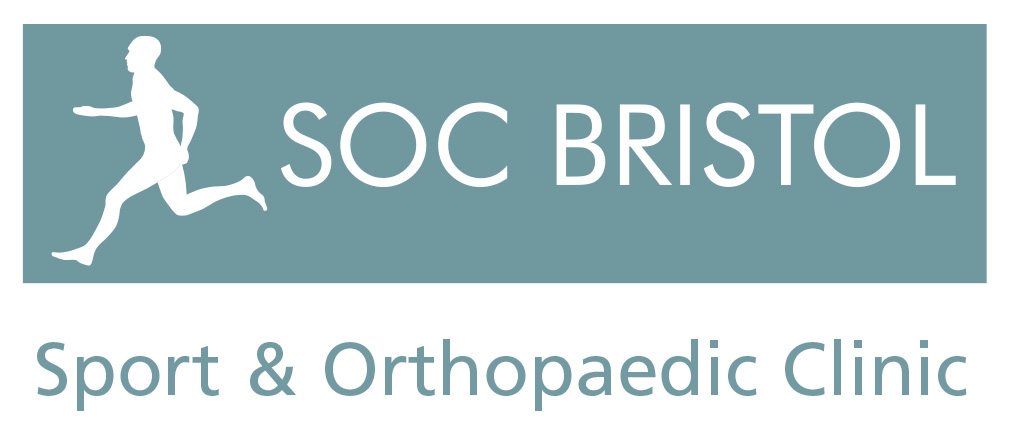Arm Pain or Shoulder Pain?
Pain felt over the upper outer aspect of the arm, that is worse on arm movements, is most commonly related to the shoulder joint rather than the arm itself.
Pain felt distant from the actual source of the pain is called referred pain.
Whilst the body is very good at pin pointing the source of pain or other stimulus on the skin it is not so good at identifying the location of internal problems.
Pain felt over the top of the shoulder is often related to the neck (typically felt over the Trapezius Muscle) or the Acromio-clavicular joint (typically well localised to the area of the joint itself).
If the pain felt in the arm is related to general exertion and relieved by rest or is associated with any shortness of breath it may be related to your heart (Angina or Heart Attack) and you should seek immediate medical advice (see also NHS Choices).
If the pain follows an injury or fall you should seek urgent medical advice.
Causes of upper arm pain following a fall or injury include:
Fracture or break of the bones.
Fractures or breaks of the shoulder or arm (commonly the clavicle (collar bone) or humerus (upper arm). A fracture is simply the medical term for a break and does not reflect the severity of the injury.
Rotator cuff tendon damage or injury.
The rotator cuff is the group of inner muscles around the shoulder blade that stabilise the shoulder joint. There may be an actual tear of the tendon (a rotator cuff tear) or more subtle damage or irritation (subacromial impingement or bursitis).
Dislocation
The shoulder is made up of several joints which function together as a unit to allow arm movement. These joints may dislocate (come out of joint) or become unstable, including: the glenohumeral joint (the shoulder joint itself), the Acromioclavicular joint (ACJ, the joint at the outer end of the clavicle or collar bone) or occasionally the Sternoclavicular joint (SCJ, the joint at the inner end of the clavicle or collar bone).
Large Muscle or tendon tears.
Damage to the large Muscles or their tendons around the shoulder (the Pec (Pectoralis Major), Biceps or occasionally Deltoid).
Neck injury or a trapped nerve.
A fall or injury may either cause a new injury or worsen a pre-existing neck or nerve issue such as wear and tear or arthritis.
Frozen shoulder.
The shoulder may become increasingly stiff and painful in the days and weeks following a fall and injury. If X-Rays (plain radiographs) do not identify anything wrong such as a break/fracture, dislocation or wear and tear/arthritis, then this may be a consequence of a frozen shoulder. A frozen shoulder is a restriction of movement caused by tightening and irritation of the joint capsule (the lining of the joint).
Causes of arm pain without injury include:
Rotator cuff tendon damage.
The rotator cuff is the group of inner muscles around the shoulder blade that stabilise the shoulder joint. There may be an actual tear of the tendon (a rotator cuff tear) or more subtle damage or irritation (subacromial impingement or bursitis).
Frozen shoulder.
The shoulder may become increasingly stiff and painful. If X-Rays (plain radiographs) do not identify anything wrong such as a break or fracture, dislocation or wear and tear/arthritis, then this may be as a consequence of a frozen shoulder. A frozen shoulder is a restriction of movement caused by tightening and irritation of the joint capsule (the lining of the joint).
Arthritis.
Wear and tear damage (osteoarthritis) or an inflammatory condition (such as in rheumatoid arthritis).(click here for more information)
Neuritis.
An irritation of the nerves which causes marked pain and often wasting of the muscles without the muscles or tendons being torn.
Neck or nerve pain.
Wear and tear/degeneration in the neck or nerves being trapped in the neck may cause pain in the shoulder and arm as well as the neck.
Angina
Angina is a heart condition caused by restriction of the blood and oxygen supply to the heart muscles. It is usually associated with hardening and narrowing of the blood vessels in the heart. Smoking and high cholesterol are risk factors for this.
Angina usually causes a dull, heavy or tight pain in the chest that can sometimes spread to the left arm, neck, jaw or back. The pain is usually triggered by physical activity or stress and usually only lasts for a few minutes.
Sometimes, angina may only be felt as pain in the arm.
Angina is a serious condition and immediate medical advice should be sought (see also NHS Choices).

